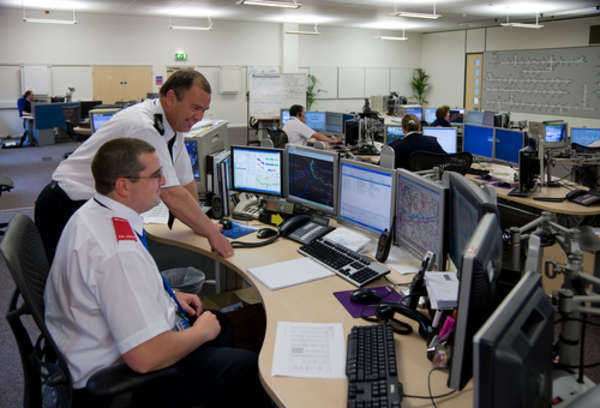
A Guide to Child Maintenance: Understanding Your Financial Responsibility for Your Children
Introduction
When a couple with children goes through a divorce or separation, one of the most important things to consider is child maintenance. This is the financial responsibility of a non-resident parent to provide financial assistance in the upbringing of their child. Child maintenance plays a crucial role in ensuring the child’s well-being and providing them with the support they need to thrive.
What is Child Maintenance?
Child maintenance is a financial contribution from the non-resident parent to help support the everyday living expenses of the child’s primary caregiver. This can include things like food, clothing, housing, education, and healthcare.
How is Child Maintenance Calculated?
Child maintenance is usually calculated using a formula based on the non-resident parent’s income. The formula takes into account several factors, including the number of children, the non-resident parent’s income, and how much time the non-resident parent spends with the child. The formula ensures that the non-resident parent pays a fair amount towards their child’s upbringing.
Different Types of Child Maintenance
There are two types of child maintenance – voluntary and statutory. Voluntary child maintenance is an agreement made between the non-resident parent and the child’s primary caregiver. This can be done informally or through a legal agreement. Statutory child maintenance is arranged through the Child Maintenance Service (CMS), which is responsible for ensuring the non-resident parent pays their share. The CMS has the power to collect payments through various means, including wage deduction orders.
What Happens in Case of Non-Payment?
If a non-resident parent fails to make their child maintenance payments, legal action can be taken against them. This can include court orders, fines, and even imprisonment in extreme cases. Non-payment of child maintenance can have serious consequences, including impacting the child’s ability to access basic necessities.
Conclusion
Child maintenance is an important aspect of ensuring that children receive the support and financial assistance they need to thrive. It is essential to understand your financial responsibility as a non-resident parent and fulfill it accordingly. By making regular child maintenance payments, you can help ensure your child’s well-being and provide them with the resources they need to grow into strong, independent adults.
What is Child Maintenance?
Child maintenance or better known as child support is regular, reliable financial support that aims to help satisfy a child’s everyday living costs. Those parents who do not hold custody, meaning those parents who are not responsible for day-to-day care of the child will pay child maintenance to the other parent.
Child maintenance cases, their amounts and the determination of who is the obligor (parent who pays the other parent) and the oblige (parent who receives child maintenance) are handled by a local court system’s family law department. Each child maintenance case is different and will necessitate some form of legal guidance; all child maintenance cases and their intricate regulations will differentiate based on locality.
Child Maintenance is instituted and maintained to provide financial support for both the child and oblige; child maintenance is issued to a single parent after a relationship has been terminated in some fashion. Child maintenance is issued by a family court of law to the parent or caretaker of the child to satisfy rearing expenses, such as food, clothing, health care, education, diapers, toys, etc. In essence, the purpose of a child maintenance program is to establish a sense and state of being, that would be similar, in terms of financially, had the parents remained together.
As stated before, all child maintenance cases are administered and ruled-on by a family law division in a particular jurisdiction. In addition to the ruling, the presiding legal authority will determine the rate of payment for the parties involved. Each court system will utilize specific variables to determine the rate of payment; however, in general, there are universal factors which greatly influence the rate of pay for the parties involved.
Determining Child Maintenance Payments:
Although child support laws are different between each state, in general, there are three primary criteria in determining a child support payment rate. The first, and arguably most influential factor, is income; the amount of income earned by both parents, will be factored into the determination of child support.
The second factor is custodial responsibility; child support will be offered to the parent who most adequately maintains their role as a responsible caretaker. And lastly, the number of children will be evaluated when determining the rate of a child support payment; the higher the number of children involved in a child support settlement, the higher the prospective child support payments will be. This relationship exists, because more children is proportional to more responsibility, including both parental and financial.
Child Maintenance Laws:
In the United States, all state governments maintain unique child support laws. For instance, child maintenance support laws of California will differentiate from New York Child maintenance laws. Understanding your state’s applicable child maintenance laws will expedite your filing and organize your particular case. According to all state’s child maintenance laws, every child needs financial and emotional support from both parents; the average child support program benefits all children by enforcing parental responsibility for their support.

